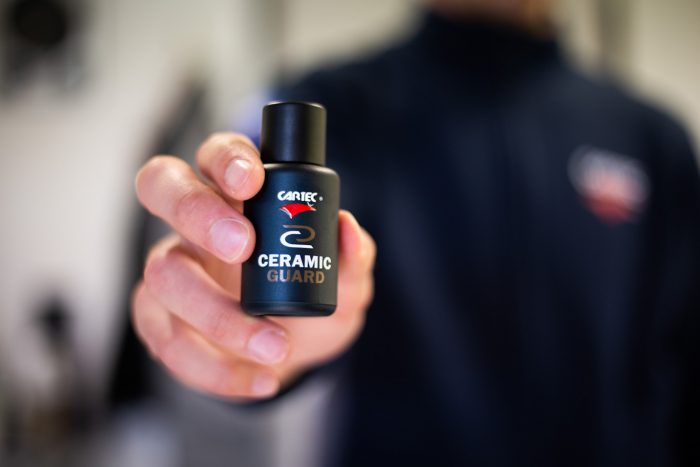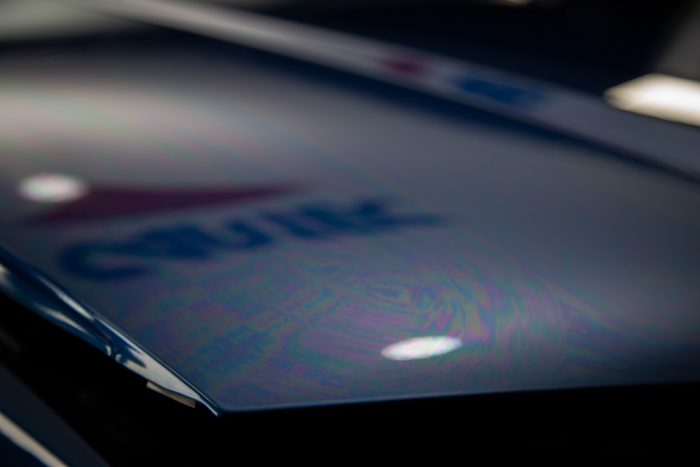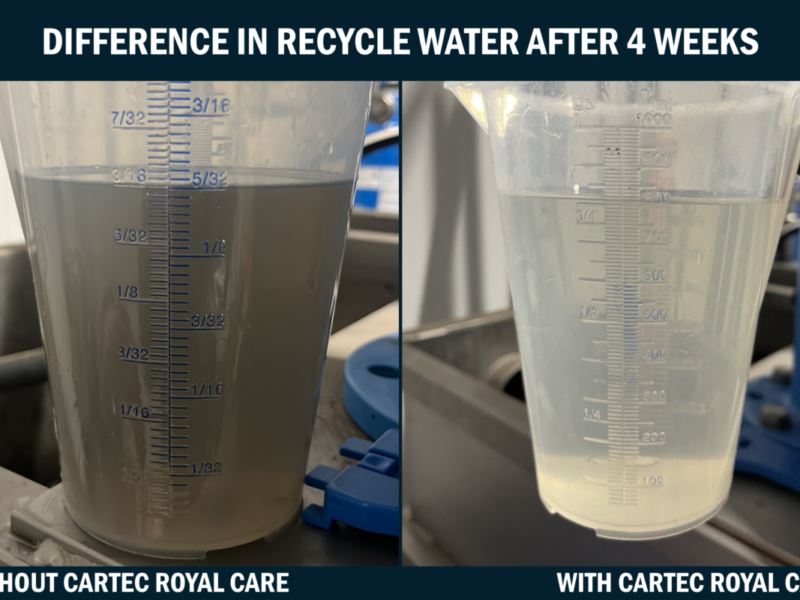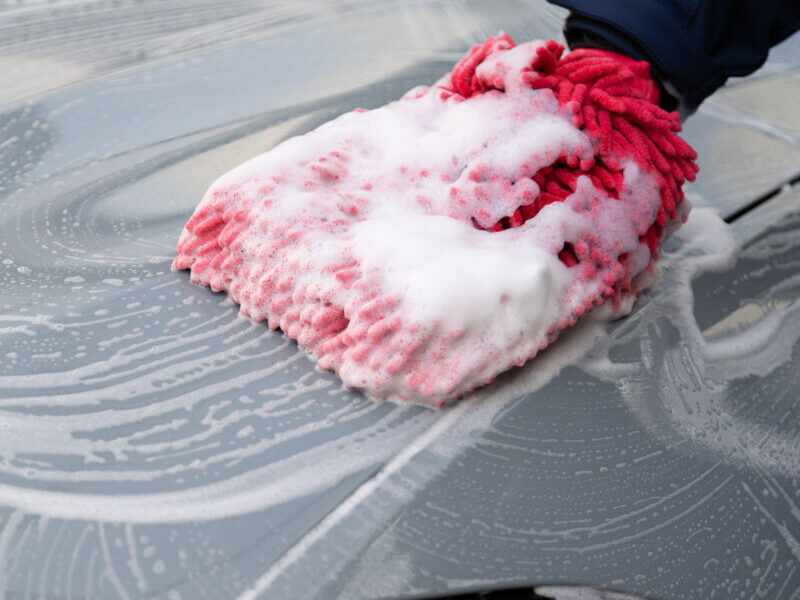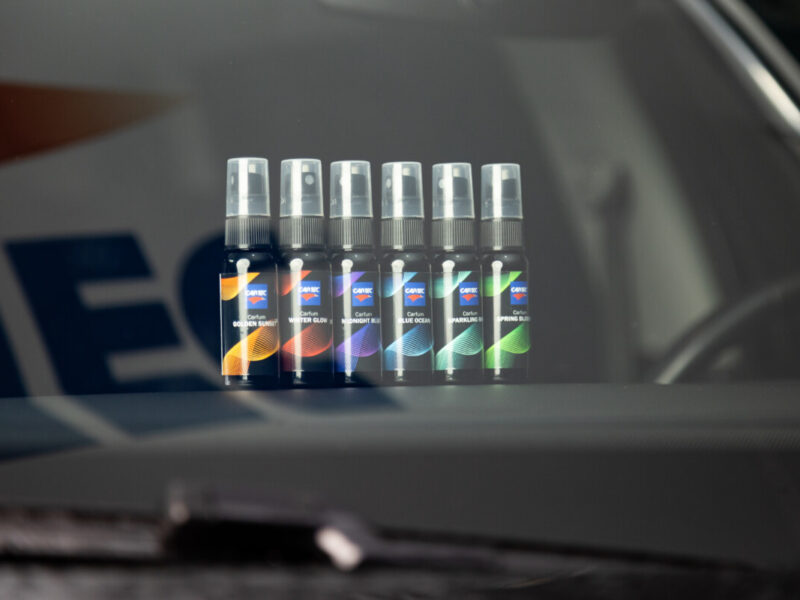The difference between nano coating, glass coating and ceramic coating
In our previous technical insight we wrote about the hardness of a ceramic coating. The term ceramic coating is one of many designations given to lacquer protective coatings for cars. There are many other terms to indicate a coating which creates a lot of confusion in the market. It all seems to mean the same thing, but there is a difference. Below for every kind an explanation.

Cartec develops its coatings in its own laboratory
What is nano coating?
The term nano is used in many product names. Nano is derived from the Greek word ‘nanos’, which means dwarf. Nano parts are microscopic particles. Because these particles are very small, the structure of a substance can be changed. As a result, the particles build more accurately on each other. Nano is a commonly used marketing term and mainly says something about the particle size of the material used. It doesn’t really tell us anything about the material itself.
What is glass coating (or SiO2)?
Another word for SiO2 is silicon dioxide or silica. Silicon dioxide is used as the main component in the production of glass. Indeed, that’s where the name glass coating comes from. Silicon dioxide is not reactive and cannot connect on its own. Coatings based on this technology contain a resin (resin) through which silicones adhere to the paint. You could say this is some kind of glue. The disadvantage of resin is that it can be less resistant against chemicals. Extremely acidic or alkaline cleaners affect the resin in the coating over time. With wear and tear as a result. Also in this type of coating (invisible) hairline cracks can occur due to the “working” of hot or cold materials.
What is ceramic coating (or SiC)?
The SiC molecule stands for silicon and carbon according to the chemical periodic table and is also called silicon carbide. Unlike SiO2, this is a reactive substance, which is harder than silicon dioxide. The big advantage of this is that no resin is needed for the coating to adhere to the paint. You get a visibly thicker layer than with an SiO2 coating. You could describe the difference between SiCarbon and SiO2 in this way: SiO2 is a glue connection, SiCarbon a welded connection which creates one whole with the paint. For this reason, SiC is more resistant to acidic and alkaline cleaners than SiO2.
Must read: “Here’s what you need to know about ceramic coating”
Ceramic Guard is a unique cartec product based on the SiCarbon+ molecule. A revolutionary coating with very good protection and a strong water and dirt repellent effect on the car paint. Ceramic Guard gives an extremely high and visibly deeper shine and colour depth to the paint.
The rainbow effect of Ceramic Guard
